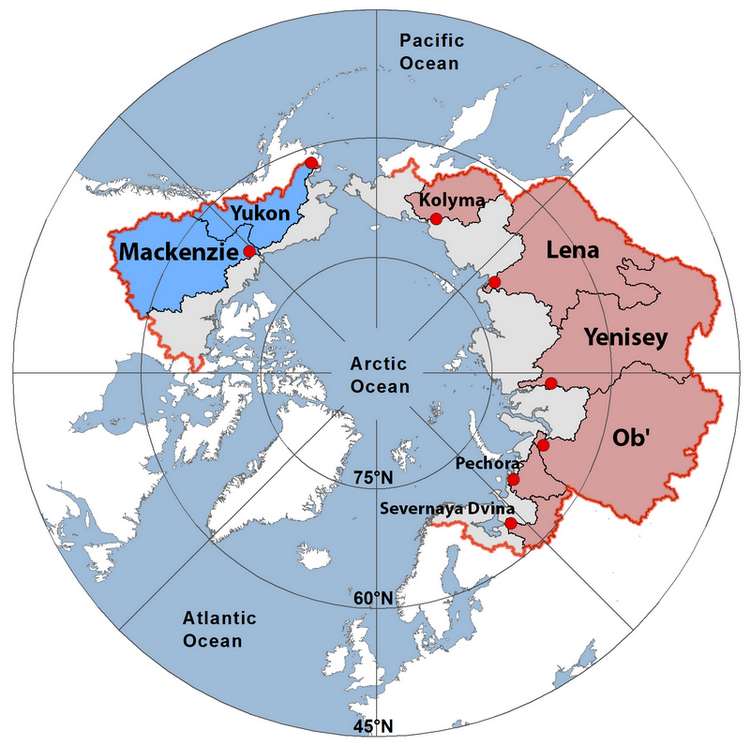Ocean Acidification
Over the past five years, ocean acidification (OA) has emerged as one of the most prominent issues in marine research. This is especially true given the newfound public understanding of the potential biological threat to marine calcifiers (e.g. clams, pteropods) and associated fisheries, and the associated human impacts for small communities that directly or indirectly rely on them (e.g., Mathis et al., 2015a; Frisch et al., 2015). Cooler water temperatures and unique physical processes (i.e. formation and melting of sea ice) make the waters of the Arctic Ocean disproportionately sensitive to OA when compared to the rest of the global ocean. Even small amounts of human-derived carbon dioxide (CO2) can cause significant chemical changes that other areas do not experience, and these could pose an existential threat to some biological organisms.
Ocean Acidification Read More »



